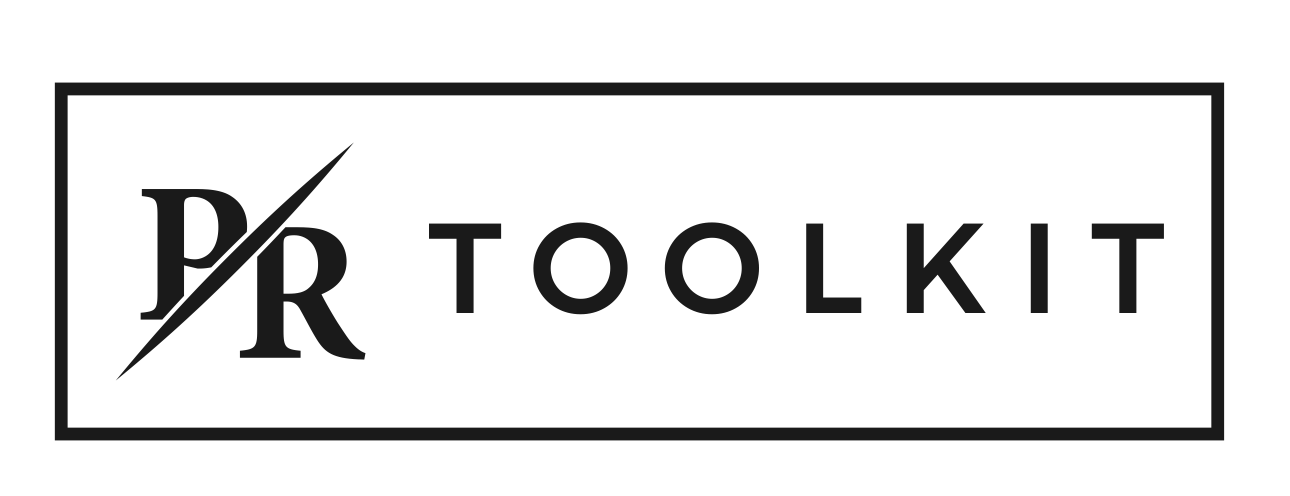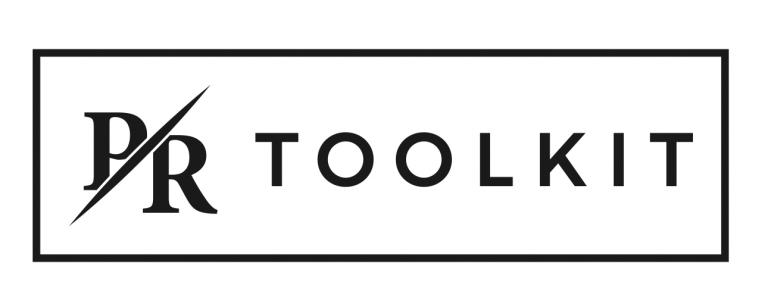If you read our previous blog, you know that over the next couple of weeks we’re going to be sharing with you some tried and tested tactics that seasoned PR pros use day in and day out to enhance the media appeal of their stories.
As I mentioned previously, not all stories start out as breaking news or have inherent newsworthiness. Often it’s the job of the PR professional to take what they’re given from the client, and tap into their armour of PR tips and tricks and work their magic to make it newsworthy – all while ensuring that what they deliver to the media is interesting, relevant and/or timely. Otherwise, it’s simply a waste of everyone’s time.
So, without further ado, here are the first five of my top ten editorial tactics for enhancing the media appeal of your story or media pitch:
News-Jacking: News-jacking is where you leverage a current news item or cultural moment and work backwards. Identify what’s making news on a particular day and then consider how your product, service or expertise can provide useful insight or commentary on that ‘news of the day’. Then simply package up your thoughts and perspectives and share your expertise with relevant media. They may not jump at the first pitch, but over time they’ll start to recognise you as an expert in that field and consider you for future opportunities.
Trend-Spotting: This is where you tap into an existing trend, or work to identify a new one. To do this, simply create commentary and content that relates to the trend and positions you and your business in a positive light. Share this commentary or newly identified trend with target media, while demonstrating why you’re an expert in this field.
Human Interest: Consider the people behind your product, service or expertise. In media terms, this is considered a case study and it’s the human-interest side of the story that often appeals most to the media. This could be the person who makes or delivers your product or service, and it could also be the person who uses your product or service. Is there something especially interesting about them or their experience? The better the (human) story, the greater the opportunity. When pitching this angle to the media, always start with the human story, and subtly integrate your business or brand thereafter. Leading with your brand first makes it far too commercial and will put the media off.
The Visuals: Strong visuals can help drive media outcomes. A strong visual could be anything that is innovative, interesting, or unique, but would need to involve people in some way. Think out of the box and get creative. You could also consider staging a stunt, in order to generate some interesting visuals. For stunts to work, they typically need the wow factor or to drive community engagement in some way. They can be costly, but if done right, can be an effective way to drive news coverage.
The Cute Factor: Cute kids and adorable animals are assets that often work well and will appeal to the media. Just think about how many times you’ve seen adorable puppies on the TV or cute kids on the front page of the paper. It works! However, it only work if its relevant to the story, so consider if and how they can be incorporated into the visual that supports your particular media pitch (if relevant).
That’s it for our first five! Check back in next week where we’ll share another five of our industry secrets for creating newsworthy content and stories.
In the meantime, if you want to learn more about effective media relations and drumming up publicity for your business or brand, then check out our Mastering the Art of Media Relations manual which covers all that and more!

